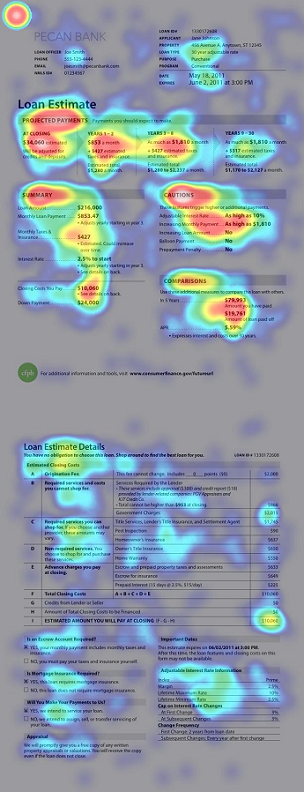More than two-thirds of students who go to college borrow money to pay for it. The average graduating senior has over $23,000 in student loan debt. As we enter the summer months, students are preparing for work, job-hunting, or getting ready for additional school or time off. But it is also time to start thinking about and planning to repay those loans.
The rules governing Federal and private student loans, from application to repayment, vary depending on the type of loan. As you plan for repayment, make sure you understand the different types of loans you have and what the rules are.
Repaying federal student loans
For most federal student loans, there is a six-month grace period after leaving school. After this point, you will need to start making payments. Most American college students would need to start making payments between October and December of their graduation year. The standard federal loan repayment plan will have your loans all paid off in 10 years.
If you’re interested in the current balance of your Federal loans, check out the National Student Loan Data System. This system will tell you the amount you owe, as well as your servicer (the company that is responsible for collecting payments from you). You can then go to your servicer’s website, register to view your account online, and choose options like automatic debit or other payment options.
Repaying private student loans
Private student loans do not have a standard repayment process. Some you may have started paying off while in school; some may have a grace period condition similar to Federal loans. You should contact your lender or servicer for more information about when to start repayment and what the payment schedule is.
Whether private or public, staying on top of loan repayment is a shared responsibility between the borrower and the lender. If you are a borrower, it is in your best interest to make sure you understand the repayment schedule, and to make sure the servicer knows how to reach you. The best way to make sure you pay on time is to make sure you receive the bill on time, so tell the lender if you relocate. Unpaid balances continue to accrue interest, and late payments can result in penalties.
One more very important note for new grads: Generally speaking, both Federal and private student loans cannot be forgiven through the personal bankruptcy process. You will owe payments until your loans are repaid, so planning ahead for repayment is essential.
Keep checking the blog. We’ll be publishing some additional information on loan repayment, including opportunities to change your repayment plan to better suit your financial situation.




